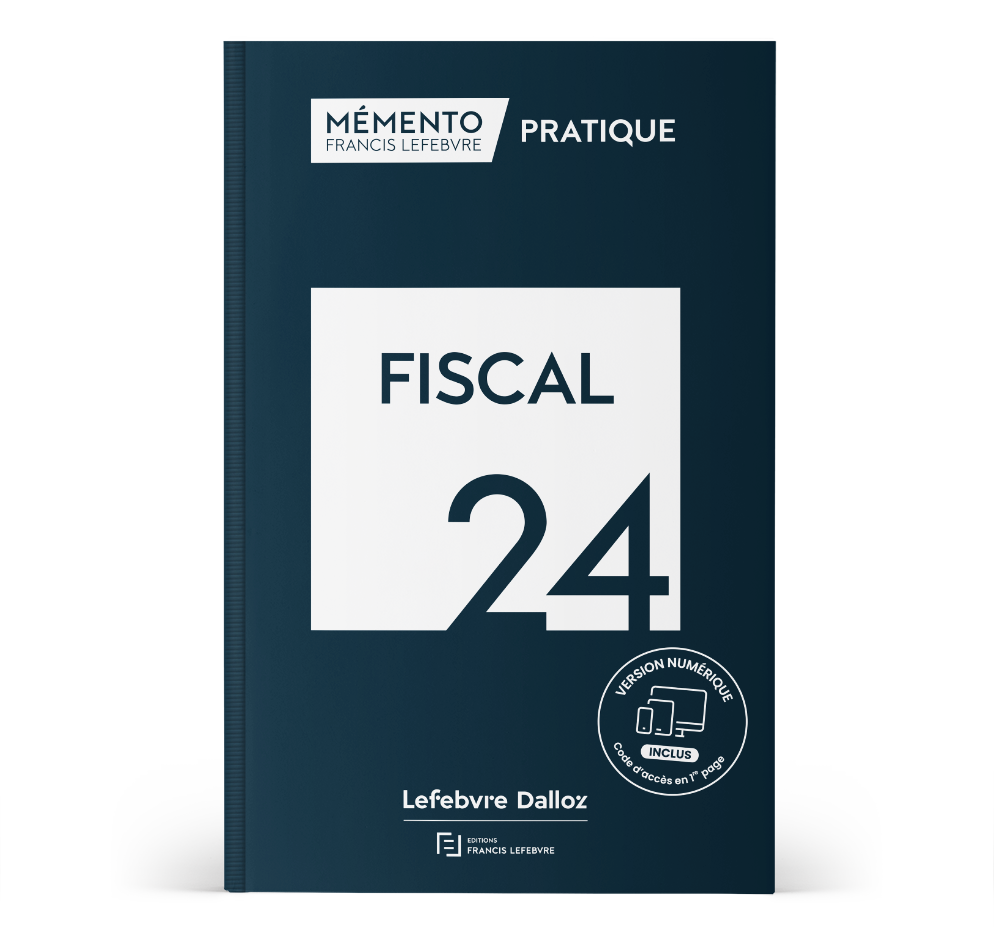The most anticipated tax reform vehicle in decades, released in the House November 2, envisions far-reaching changes to international provisions of the U.S. tax code and represents the latest and possibly strongest attempt yet to move toward a territorial system.
The Tax Cuts and Jobs Act of 2017 (H.R. 1), introduced by House Ways and Means Committee Chair Kevin Brady, R-Texas, seeks to eliminate the lockout effect by establishing a 100 percent dividend exemption for foreign-source dividends paid by foreign corporations to U.S. corporate shareholders owning at least 10 percent of the foreign entity. Foreign tax credits and deductions would be disallowed, and expenses allocated to the dividend would not be deductible. The provisions would take effect starting in 2018.
The Joint Committee on Taxation estimated (JCX-46-17) that the move to territoriality would reduce revenue by $205.1 billion over 10 years.
John L. Harrington of Dentons noted that many of the bill’s international provisions were expected, save for the uncertainty surrounding the anti-base-erosion measures. He noted that the dividend exemption is inapplicable to income earned directly by a domestic corporation through a branch and does not apply to individuals owning shares in foreign corporations.
“In light of the 100 percent dividend exemption, the bill’s elimination of section 956 [inclusion for U.S. property] for domestic corporations and repeal of the indirect section 902 [foreign tax] credits generally makes sense since they are no longer needed,” Harrington said, noting the retention of section 956 for noncorporate taxpayers who remain under current rules.
The exemption provision follows somewhat closely with what former Ways and Means Chair Dave Camp proposed in his Tax Reform Act of 2014 (also introduced as H.R. 1). Indeed, Camp’s influence can be seen scattered throughout the section-by-section summary of Brady’s bill, with nearly identical language in some places. Camp also proposed shifting from a worldwide system of taxation to more of a territorial system, though he sought a 95 percent dividend exemption on foreign business income. Several of President Obama’s later budgets also contemplated a quasi-territorial regime, dubbed a hybrid model, with significant but complicated safeguards put in place to prevent base erosion.
Adhering to and fleshing out the intentions for transition previously announced in the GOP’s unified tax reform framework, the Brady bill would impose a bifurcated rate on foreign earnings currently accumulated overseas, now estimated at $2.6 trillion. Under the bill, offshore business earnings held as cash and cash equivalents would face a one-time 12 percent tax, while noncash assets would be taxed at 5 percent, payable over up to eight years if the taxpayer so elects.
The provision, estimated to raise $223.1 billion, would apply to shareholders owning at least 10 percent of a foreign subsidiary that would include in income their pro rata share of untaxed earnings and profits as of November 2 or December 31 (whichever date would result in a higher amount).
Witnesses at an October Senate Finance Committee hearing on tax reform admonished lawmakers for announcing in advance that there would be dual rates, with a lower rate for illiquid assets, arguing that Congress was providing tax planners with a game plan to avoid taxation through shifting assets. The dual rates in the bill based on asset type are significantly higher than the bifurcated rates proposed by Camp and contemplated in House Republicans’ 2016 “A Better Way” tax reform blueprint — 8.75 percent for cash and cash equivalents and 3.5 percent for other assets — but lower than Obama’s budget proposals of a uniform 14 percent rate.
Bret Wells of the University of Houston Law Center said the transition tax on unrepatriated foreign earnings, along with the 100 percent dividends received deduction, “effectively eliminates the lockout effect.” Regarding the 100 percent dividends received deduction, he noted that the bill still appears to allow for the deduction of stewardship expenses related to foreign businesses even though the income from those activities would be effectively exempt foreign-source income.
Jorge Castro of Castro Strategies LLC argued that the shift to territoriality, a top priority in the reform debate, is good news for businesses. He added that the deemed repatriation provision will likely “receive mixed reviews” from multinationals, however, given the comparatively high rates.
“That may have been driven by revenue loss and budget impact, and I suspect the business community will be engaging the Ways and Means and Finance committees on these issues,” Castro said.
Harrington noted the deemed repatriation provision applies more broadly than the dividend exemption proposal because the former would apply to all U.S. shareholders, not just corporations. “In contrast to the mixed bag for domestic corporations, individuals and foreign corporations get treated fairly harshly. Individuals are not eligible for the dividend exemption, but they are subject to the deemed repatriation provision and the income inclusion for foreign high returns,” Harrington said.
The bill would make numerous other changes to subpart F, and Harrington argued that some of those will reduce the likelihood of subpart F inclusions, such as increasing the de minimis threshold and making the controlled foreign corporation look-through rule permanent. But others, like modifying the constructive ownership rules and eliminating the requirement that a foreign corporation be a CFC for 30 days before being subject to subpart F, increase that likelihood, he said.
Foreign high returns
Several provisions are likely to be controversial and poorly received among multinationals, according to Harrington, including a provision to source income from inventory sales solely on the basis of production activity as well as a new tax on foreign high returns.
The foreign high returns tax is one of the bill’s anti-base-erosion measures, which are estimated to bring in significant revenue. Despite the high cost of a move to territoriality, with the help of these revenue raisers, international reforms under the bill are expected to net $285 billion in increased revenue.
Under the foreign high returns provision, starting in 2018, a U.S. parent would face tax on 50 percent of its foreign high returns. High returns are defined as the excess of the parent’s foreign subsidiaries’ aggregate net income over routine return on the foreign subsidiaries’ aggregate adjusted bases in depreciable tangible property less interest expense. Routine return is 7 percent plus the federal short-term rate. Foreign high returns would be allowed 80 percent of relevant foreign tax credits, which could not be carried forward or back. The provision is expected to raise $77.1 billion.
Wells argued that the calculation involved in determining foreign high returns would result in a complex minimum tax on outbound planning. It is “effectively a subpart F global minimum tax” of a little less than 10 percent, given the routine return allowance, he added.
“The combination of getting to an excess return and then giving foreign tax credit relief will likely mean this will not be a significant cost to [outbound planning] structures,” Wells said. “This will have more of a practical impact on those that have significant tax haven income than those that have significant manufacturing or extraction operations.”
Witnesses at the October Finance Committee hearing warned lawmakers of the dangers of enacting a global minimum tax instead of instituting one on a per-country basis, lest tax haven rates be used to offset others around the world and encourage more income shifting. But September’s unified framework had hinted that the minimum tax on U.S. multinationals would be calculated on a global basis rather than on a per-country basis.
Minimum taxes, either in form or function, were proposed by both Obama and Camp. Obama proposed a 19 percent per-country minimum tax to supplement existing subpart F rules. Camp initially proposed several options for combating base erosion, including one that would have taxed non-active income earned by a CFC that doesn’t face an effective foreign tax rate of at least 10 percent. Camp instead eventually settled on a provision that would have operated in part through the modification and implementation of subpart F rules with a new category for lowtaxed foreign base company intangible income, determined by the excess of a foreign subsidiary’s gross income over 10 percent of its adjusted basis in depreciable property.
Historic shift on earnings stripping
The bill also would amend section 163. Deductible net interest expense of a U.S. corporation that is a member of an international financial reporting group would be limited if it exceeds 110 percent of the corporation’s share of global earnings before interest, taxes, depreciation, and amortization. Disallowed interest could be carried forward five years on a first-in, first-out basis. The provision, which would apply to groups with gross receipts exceeding $100 million, would be effective in 2018 and is estimated to raise $34.2 billion over 10 years. The provision is in addition to other interest disallowances envisioned under the bill.
“While not surprising that the legislation includes an interest deductibility provision, it seems to create a ‘worst of’ rule — worldwide or EBITDA [earnings before interest, taxes, depreciation, and amortization] rather creating a safe harbor approach through a ‘better of’ rule, as I believe may have been proposed by the last administration,” Michael DiFronzo of PwC said.
Presumably as part of the framework’s promise to put “America on a level international playing field,” the bill would place an excise tax on payments from domestic corporations to foreign corporations.
“Current anti-base-erosion rules . . . focus only on U.S. companies’ foreign subsidiaries and, therefore, fail to address the full scope of U.S. tax base erosion. Consequently, U.S. companies are at a competitive disadvantage relative to their foreign peers — who are not subject to other base erosion provisions in the Code,” the summary states. “The provision would reaffirm the arm’s-length principle by reinforcing the significance of accurately pricing related-party transactions to avoid subjecting amounts that are in excess of arm’s-length prices to U.S. taxation.”
According to DiFronzo, the proposed excise tax “is intended to be a base erosion provision as we move to a territorial system that may have root in approaches taken by some of our trading partners, for example the U.K.” He added, “It is interesting because it seems to apply to both foreign-parented and U.S.-parented groups. Where it falls in terms of harshness won’t be clear until taxpayers work it through their individual facts.”
For international financial reporting groups, payments other than interest made by a U.S. corporation to a related foreign corporation that are deductible, includable in costs of goods sold, or includable in a depreciable asset basis would be subject to a 20 percent excise tax, unless effectively connected with a U.S. trade or business. The provision, effective after 2018, would apply to groups for which payments from U.S. corporations to foreign affiliates total at least $100 million. Besides the one-time tax on unrepatriated earnings, this provision’s excise tax is the greatest international revenue raiser, predicted to generate $154.5 billion.
The provision may reflect a recognition of warnings posited by several witnesses, including Wells, at the Finance hearing of the limits of subpart F as an anti-base-erosion measure against foreign-based multinationals.
Wells said the excise tax represents a holistic approach to earnings-stripping problems and saw it as the most significant new development in the legislation. “It’s attacking the inbound opportunity to move profits without them being subjected to U.S. tax. That’s going to impact the corporate inversion benefits and the benefits foreign-based companies have versus U.S. competitors,” Wells said. “Historically, the U.S. hasn’t taken such a broad approach to inbound earnings stripping. . . . What is very good is that it is not simply a reform to [section] 163(j).”
Wells added that the huge revenue gain anticipated from the provision underscores the significant tax benefits taxpayers could otherwise have running businesses as foreign companies under the current system.
Another provision would impose the statutory 30 percent withholding tax on fixed or determinable annual or periodic income if deductible in the United States and made by an entity controlled by a foreign parent to another controlled entity in a tax treaty jurisdiction. The withholding would not be reduced by a treaty unless it would have been reduced if made directly to the foreign parent.
Harrington called out both the excise tax and the withholding tax provision. “Both provisions would appear to override U.S. tax treaties, although neither the statutory text nor the explanation released today explicitly states that,” Harrington said. “Both provisions should give foreign corporations and our treaty partners heartburn.”
By Andrew VELARDE
Alexander LEWIS contributed to this article
Cette information est extraite de notre service d'actualité taxnotes






